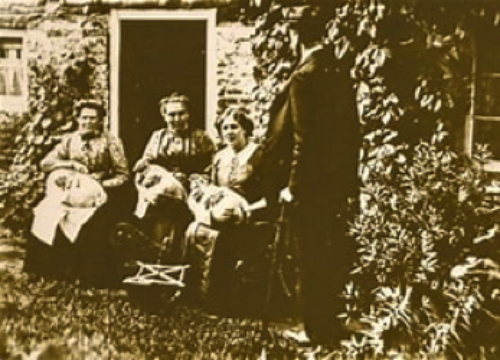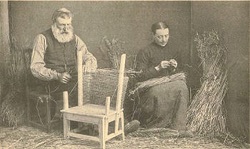Lace and chair making
Lacemaking
Lacemaking was a large cottage industry in the surrounding villages. Women and children from the age of five were engaged in lacemaking to make ends meet.
This was piece-work performed in the home and controlled by Lace Merchants who sold the output in London.
A hundred years later, by 1803 Chinnor had a school of industry that taught lace-making and sewing. In 1815 there were three schools teaching girls to make lace, which became an important local industry.
The 1851 Census recorded 268 lace-makers in Chinnor, including labourers' wives and 86 children. Chinnor still has a lace group.
Chair-Makers
This industry is not of any great size but affords a certain amount of employment in various areas of the south east of the country. As early as 1380 a chairmaker is recorded as having his business in Oxford. The history of the industry is however, a blank from this time until the nineteenth century.
Pigot, in his Commercial Directory, gives the name of J Langbournes as a chairmaker at Henley in 1823.
At Kingston Blount, Chinnor, Oakley and Stokenchuch, chair-making was carried on in 1852 and about the same time Thame had some celebrity for its beechen chairs. The principal centre of industry was High Wycombe where it is still carried on today,
The main type of chairs constructed were made low, plain wooden with rush seats, many church chairs were made of this type.
In Chinnor itself there is a well-known property known as Chair-Makers

Lace makers

Chairmakers